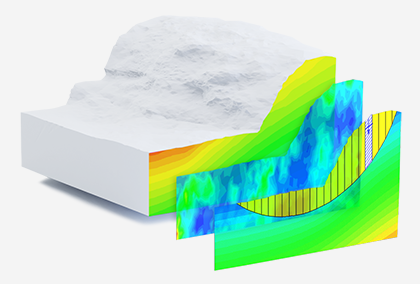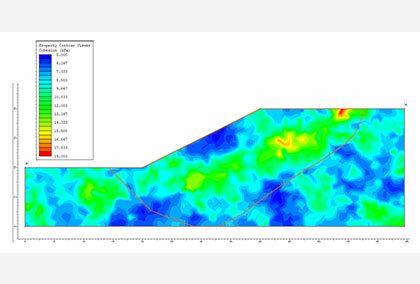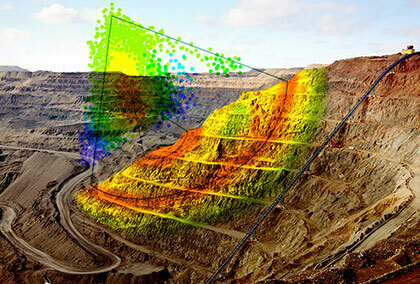Equivalent Fluid Pressure: A New Retaining Wall Support for Slide2
By Alexander S. Greene, Feffer Geological Consulting
The world of numerical modeling has revolutionized the way we analyze and understand the world around us. It allows us to predict change by combining empirical data with reasonable physical assumptions. While even the most advanced numerical model may not replicate the true stochasticity of the natural world, there is no doubt that modeling is a powerful tool for today’s scientists, engineers, and mathematicians.
Throughout this past spring and summer, the Southern California-based geotechnical engineering firm, Feffer Geological Consulting, has been working in tandem with Rocscience engineers to develop a new way to evaluate retaining walls within Slide2.
Feffer Geological Consulting has served the Greater Los Angeles area for nearly two decades, and over the years Slide2 has easily become one of our most valuable tools for analyzing slopes with difficult geological conditions and for designing slope stabilization systems. Our geologists and engineers use Slide2 nearly every day for projects small and large. However, we wanted the program to do just a little more to meet the needs of firms that are just like us.
Although Slide2 is already capable of performing many complex computations for nearly any slope condition, we wanted to integrate some of the terminology and methodology U.S.-based consultants are familiar with the Slide2 platform. So, we reached out to the Rocscience team and shared our thoughts. Much to our surprise, the Rocscience team was not only open to listening to our ideas but welcomed the feedback.
Together, we have created a new support feature that allows the user to define a retaining wall using Equivalent Fluid Pressure (EFP) given in pounds per cubic foot (pcf). Additionally, the feature now allows the user to select a triangular or trapezoidal pressure distribution to model cantilevered retaining walls and restrained basement retaining walls for any height.
The purpose of this new support type is to allow users to evaluate the static and seismic stability of existing retaining walls with varying backslopes, and their effect on an existing slope or a newly graded slope. The new feature may also be used in conjunction with in-house spreadsheets/calculations to aid in the design of new retaining wall systems. Furthermore, a user can now easily evaluate how a retaining wall will perform against all types of circular and non-circular failures given the underlying geologic conditions.
For example, in the previous version of Slide2, if a user wanted to model a cantilevered retaining wall, they would do so by applying a distributed load to a vertical cut and assigning a triangular pressure distribution (Figure 1). The user would then increase the load until achieving the required factor of safety.
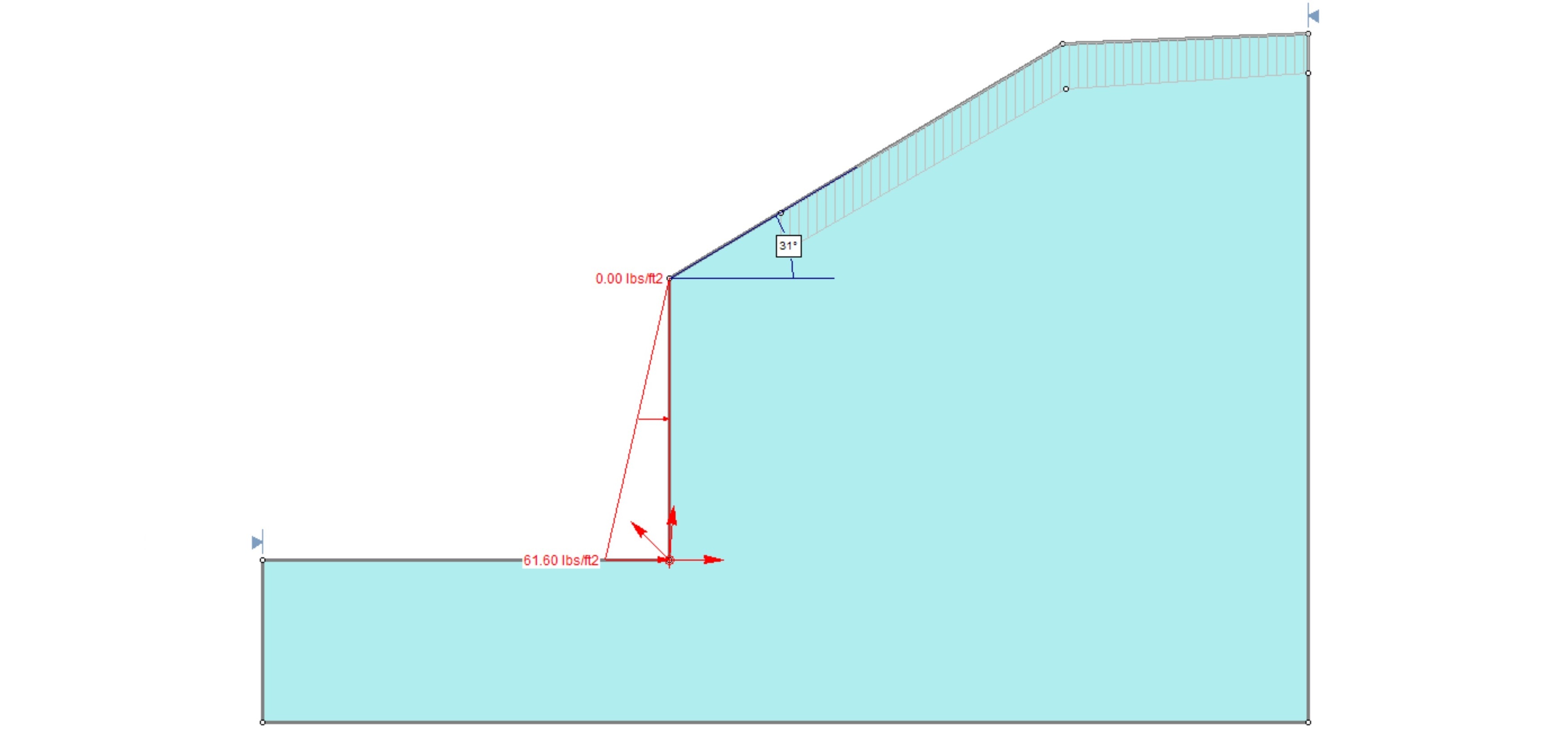
In this update, a user can now easily add a retaining wall support, in the same way one adds piles, tiebacks, soil nails, etc. Additionally, the user can now input the design as Equivalent Fluid Pressure (Figure 2, Figure 3).
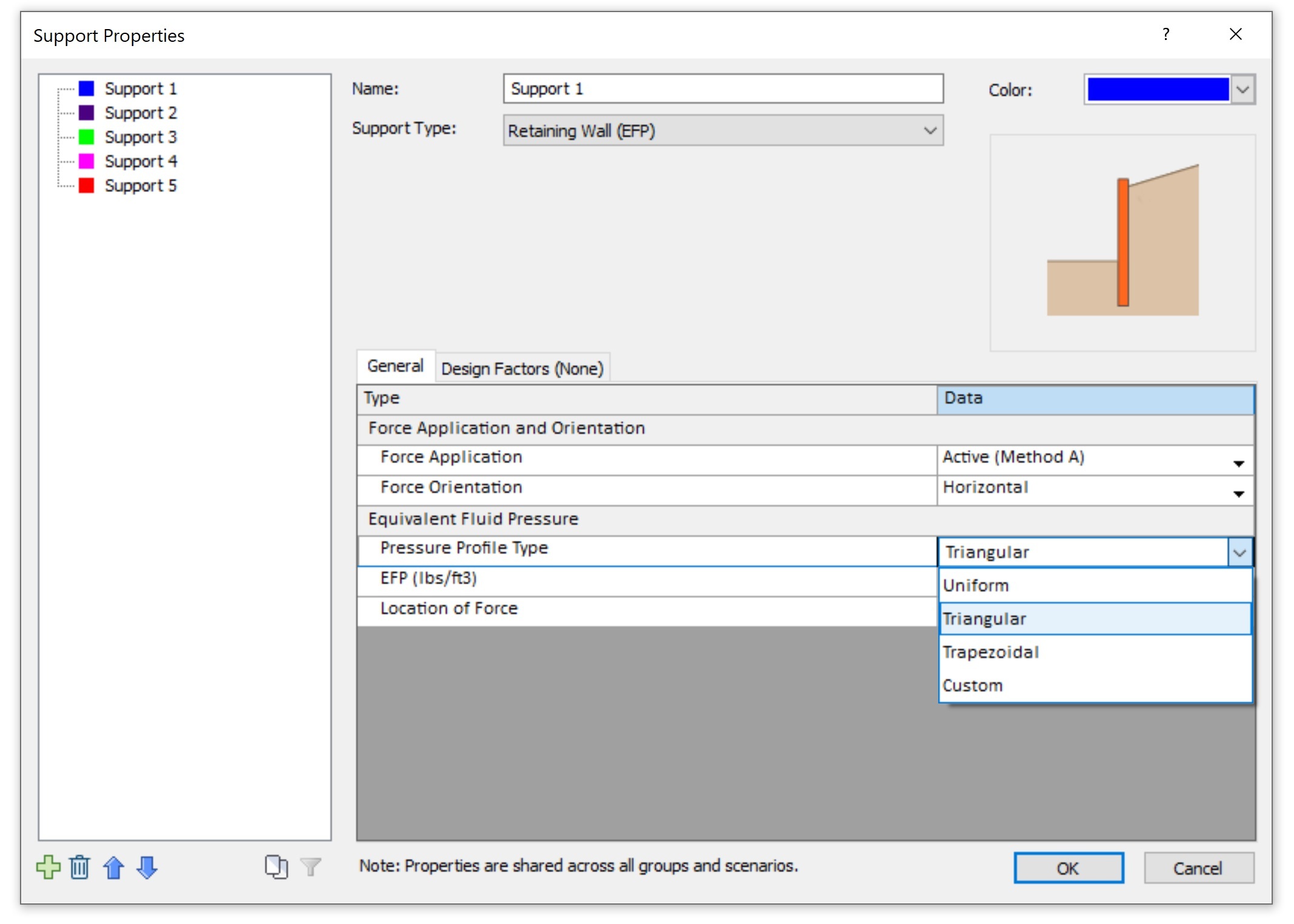
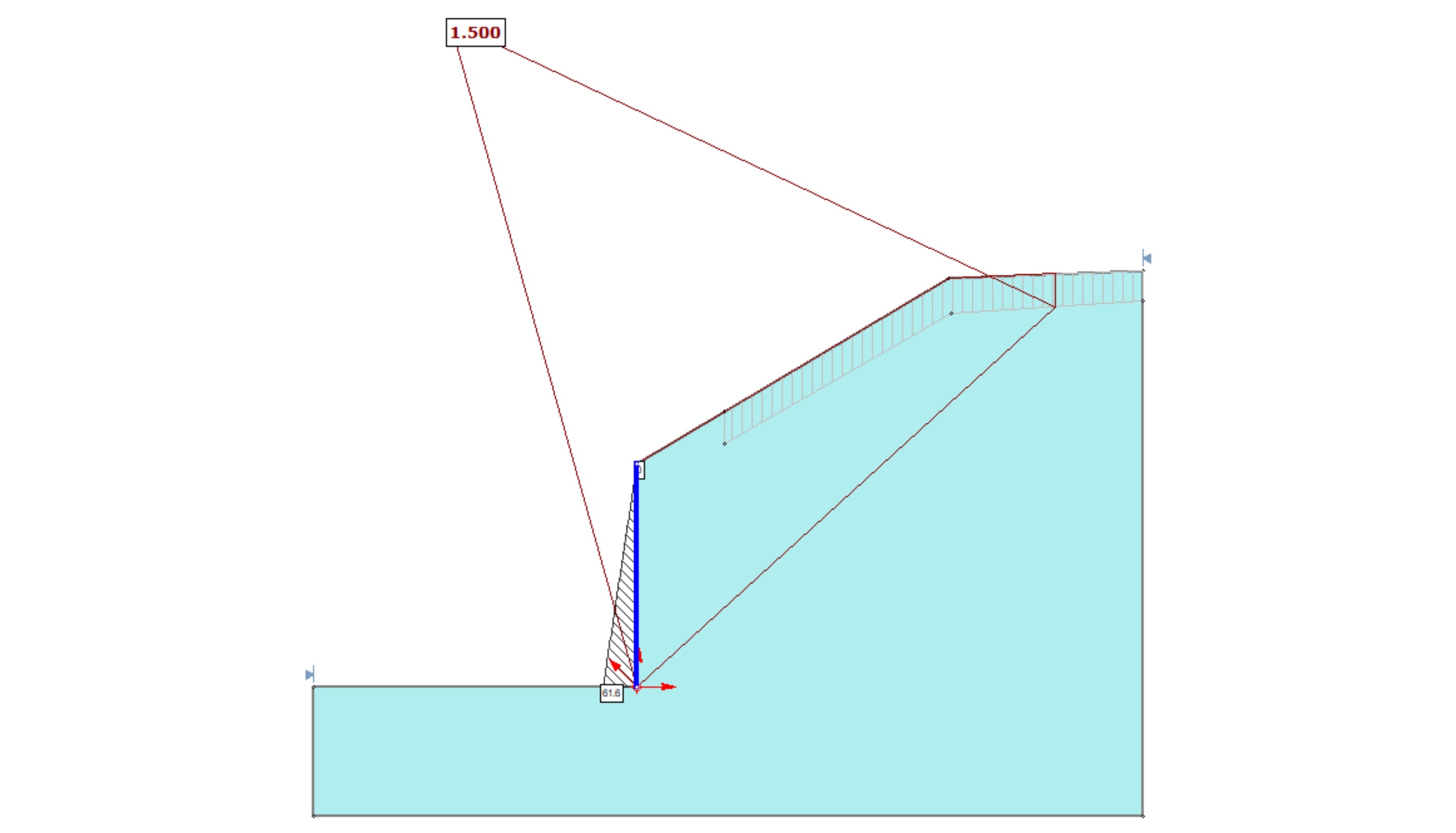
The same can be done to easily model a trapezoidal pressure distribution for restrained basement retaining walls or temporary shoring that utilizes tiebacks (Figure 4).
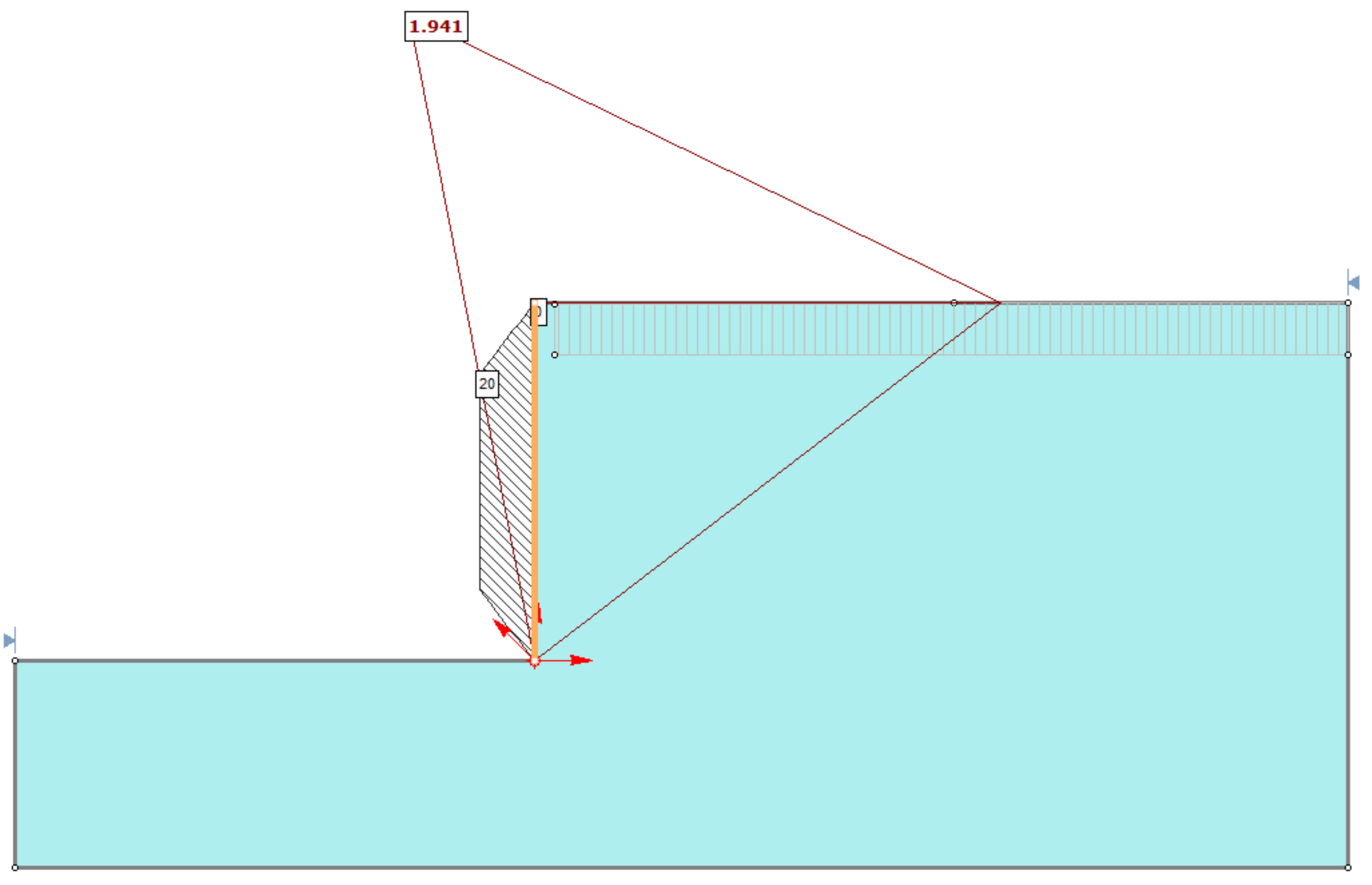
This feature not only saves time but also provides the user with another set of tools to model the existing conditions of a site or design new retaining devices for new construction.
